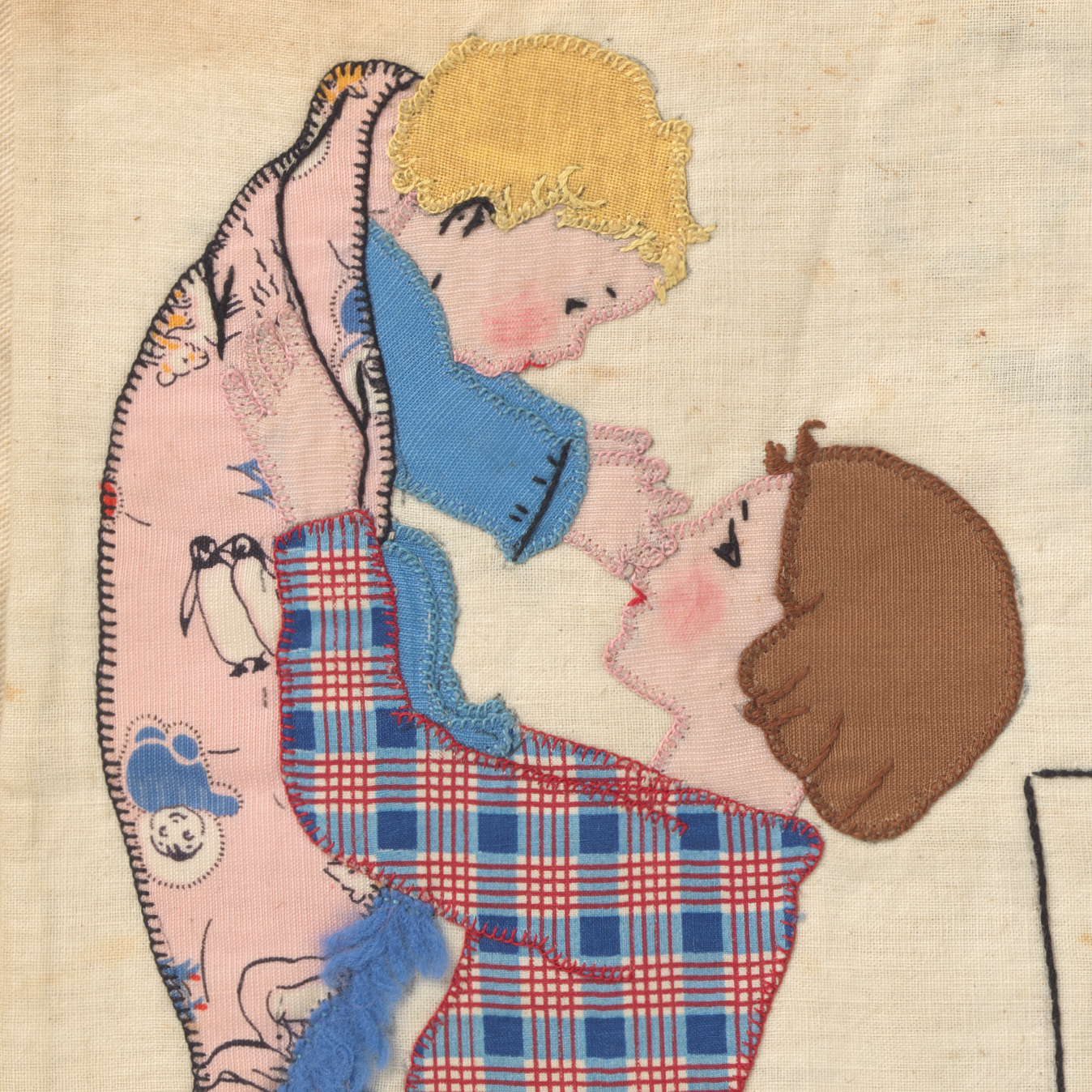Pemmy’s Alphabet Book
On the Power of Creativity by Women in a Japanese Concentration Camp 1942-45
DOI:
https://doi.org/10.52476/trb.17722Abstract
An extraordinary book made from fabrics, titled Pemmy’s Alphabet Book, has recently been gifted to the Rijksmuseum. This book is a copy of Rie Cramer’s 1936 A is een Aapje. What makes this work so special is that it was made between 1942 and 1945 in the Japanese internment camp of Brastagi on East Sumatra, where handiwork and the possession of books were increasingly banned. Mies Aalbersberg made this book with the help of other women in the camp, to celebrate the birthday of her daughter Pem Hagers, the donor of the object. According to the stories her mother told her, Mies supervised the making of the pages. Research has shown that the consistently rendered images were probably all made by the same person, whereas the rhymes were embroidered with varying stitches and by several hands. This, like collecting the various materials that were used in the book, may have been the contribution made by the other women. Even though several examples of embroidered fabrics from Camp Brastagi have survived, none of them are as elaborate as this book. It shows the artistic power of those women, who in captivity jointly created a book, which may have allowed them to escape from their awful situation just for a moment. This book made from fabrics is a valuable historical artefact which not only shows the creativity and the resilience of the women in the camp, but is also a poignant reminder of a dark period in history.
Downloads







